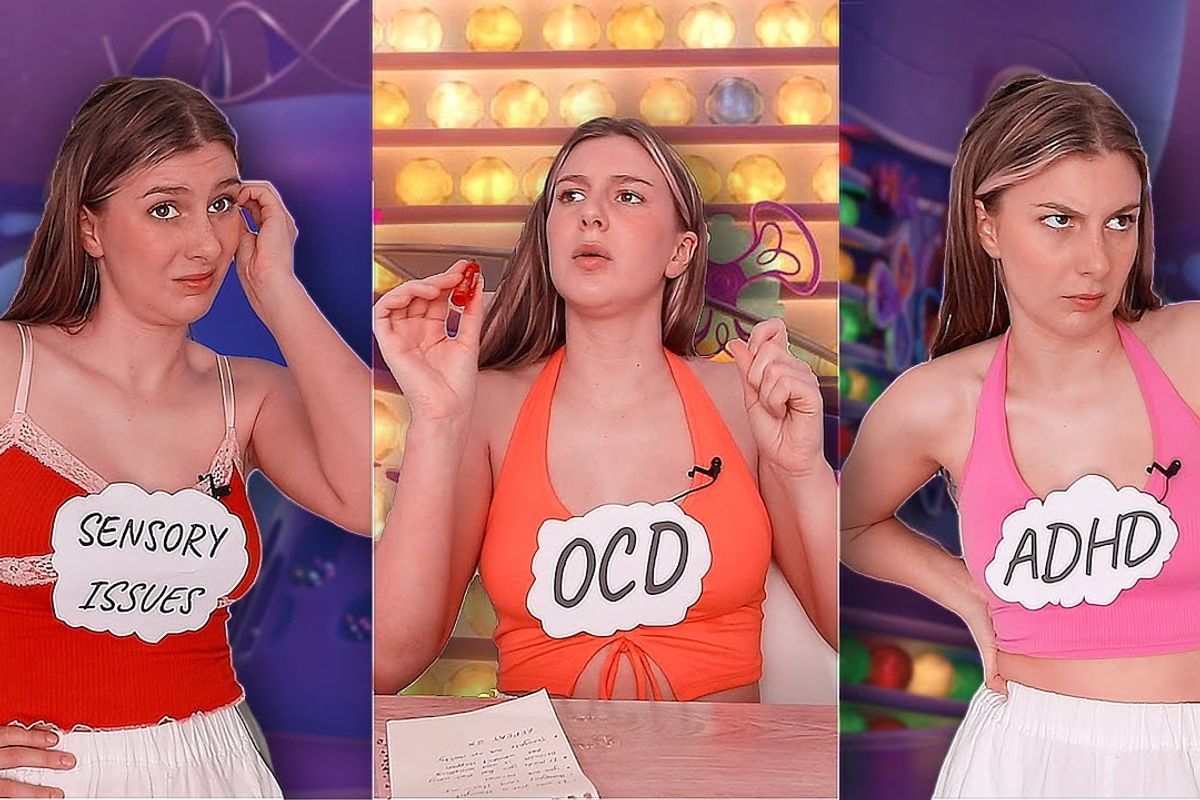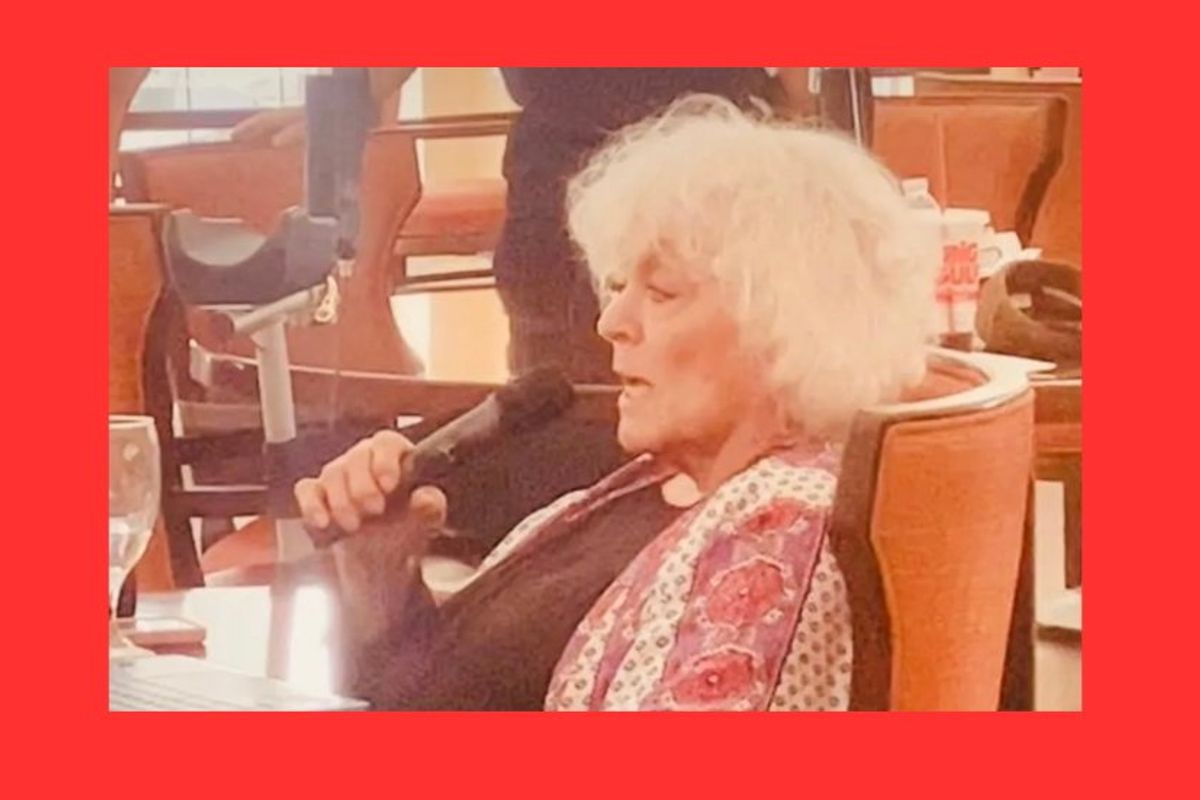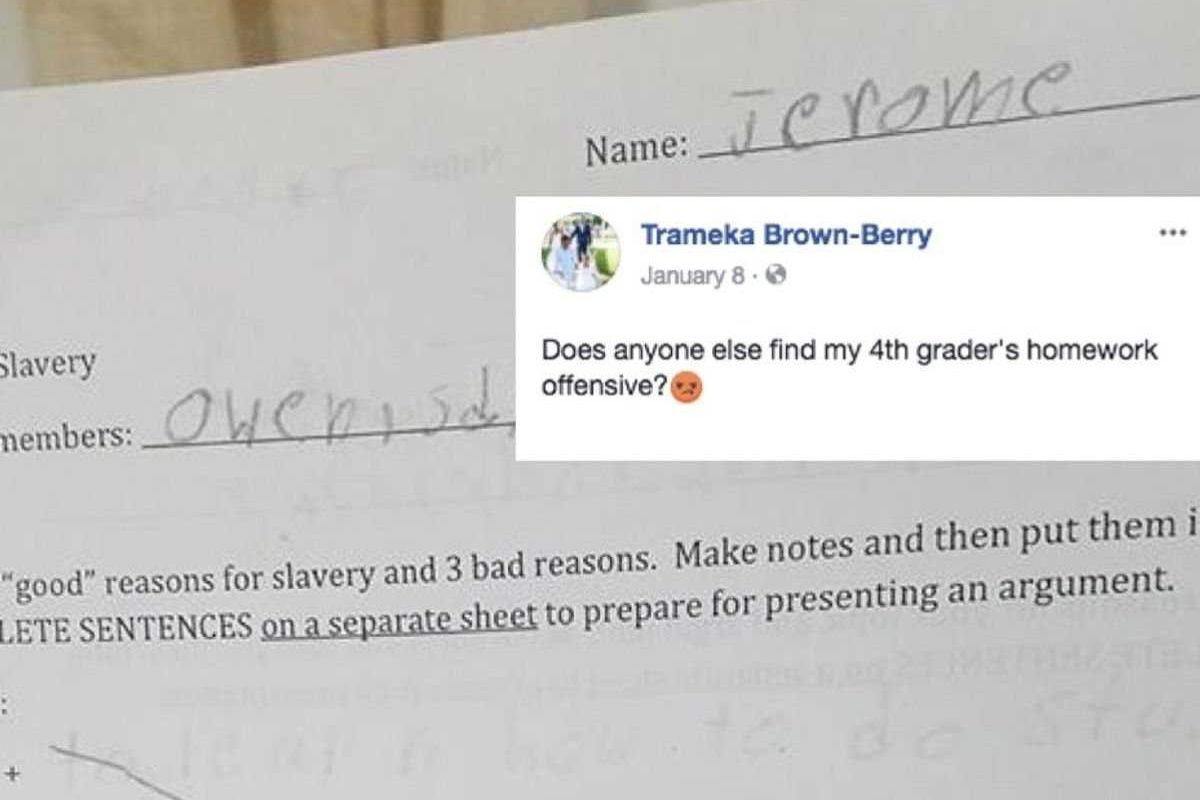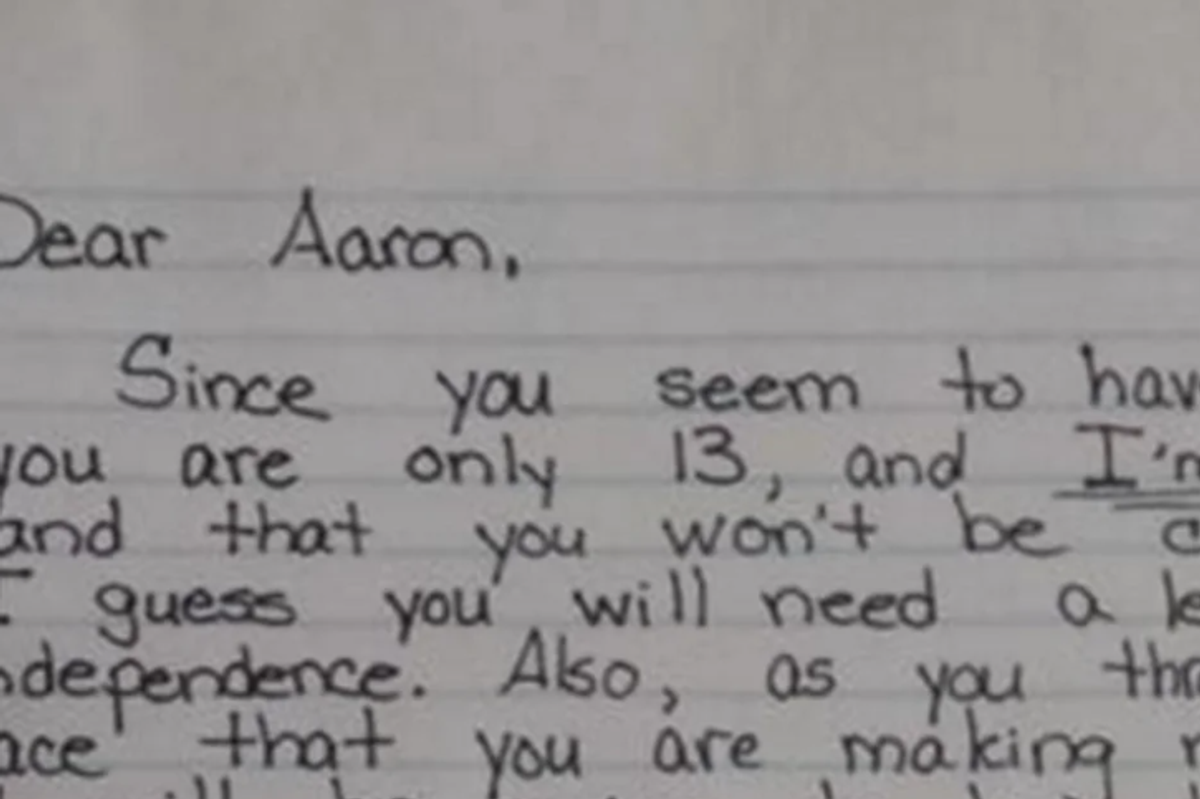Woman recreates 'Inside Out' from a neurodivergent standpoint and people are feeling seen
The video isn't just funny, it's pretty darn accurate.

Woman recreates "Inside Out" from a neurodivergent standpoint.
Remember the hit Pixar movie Inside Out? Of course you do! It resonated with fans of all ages and the recent sequel, Inside Out 2, made just as big a splash after its June 2024 release. If you're not familiar with the films, they're about personified emotions in a young girl's head that allow the audience to see who each emotion is, what they're thinking, and how they work as the protagonist (Riley) grows up. It's a really sweet, funny, and deeply emotional concept that many connect with. But in February 2023, a woman who goes by Georgia Productions on YouTube took that concept and decided to recreate it using different types of neurodivergent diagnoses and features.
In the video, Georgia plays all of the characters who all interact with each other as they work on controlling what the human they're inside does. The characters are "General Thoughts," "Dyslexia," "ADHD," "Sensory Issues," "OCD" and "Anxiety."
Georgia is attempting to make dinner, but it's a pretty intense process with all of these characters getting in the way, and while General Thoughts attempts to keep everyone on track, it...uh...doesn't work out so well.
Watching how Anxiety and OCD feed into one another while ADHD drives just about everybody to the point of dysregulation is a pretty accurate portrayal of what it's like to have "neurospicy" tendencies. Commenters applauded Georgia on the accuracy and felt seen by the creative display of what it's like to live with neurodivergence.
"Omg I’m neurodivergent and I can’t describe how relatable this is both me and my mum are and we sat down and watched it together and I don’t think I’ve ever seen something more relatable xx thank you for doing things like this xx," Estella Sylvester wrote.
"As a person with anxiety, OCD, and PTSD this video made me tear up. The accurate acknowledgment of conditions that are so stigmatized or romanticized means an indescribable amount to me, especially coming from a creator I've followed since I was a kid. We're not defined by our conditions, but they follow us through every moment of every day, and that's okay. Thank you for this Georgia, we love you <3," Elle commented.
"I have autism and ADHD and my brain is literally like this... I always thought that no one would understand me. This video means everything to me and I'm so happy and relieved to know that I am not alone. Thank you and I love you Georgia," Tess Sexton wrote.
If you're neurodivergent, watch the video below to see how well Georgia portrayed neurodiversity. If you're not neurodivergent, check out the video to get the inside scoop on how neurodivergent brains work. You may find it fascinating.
This article originally appeared two years ago.
- Iconic Thomas & Friends franchise welcomes its first autistic ... ›
- Incredible Facebook Group uses ‘Spoon Theory’ to help people accomplish daily tasks ›
- Woman without an internal monologue explains what it's like inside her head ›
- How Lilo from 'Lilo & Stitch' became a neurodivergent icon - Upworthy ›
- Mom shares helpful routine for ADHD kids to end morning chaos - Upworthy ›
- Autistic woman orders room service, reveals inner turmoil - Upworthy ›
- Klutzes feel seen in viral video of clumsy people mishaps - Upworthy ›
- Viral OCD checklist with 'improvements' is hilarious—and educational - Upworthy ›
- Dad shares why he didn't tell his daughter it was her birthday - Upworthy ›




 Family moving into a new home.
Family moving into a new home.  Driving Road Trip GIF by Rosen Hotels & Resorts
Driving Road Trip GIF by Rosen Hotels & Resorts 
 Carole and her band mates.Carole Wade
Carole and her band mates.Carole Wade
 "
"
 Teaching teenagers about real-life consequences isn't easy. Photo by
Teaching teenagers about real-life consequences isn't easy. Photo by  Kids need to be reminded, sometimes, of how much they still depend on mom. Photo by
Kids need to be reminded, sometimes, of how much they still depend on mom. Photo by